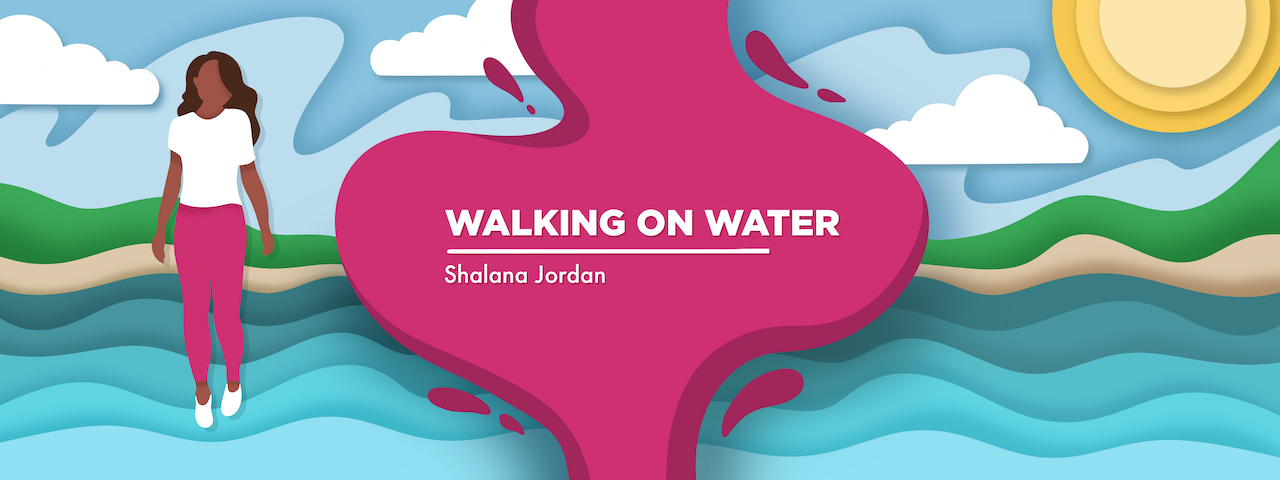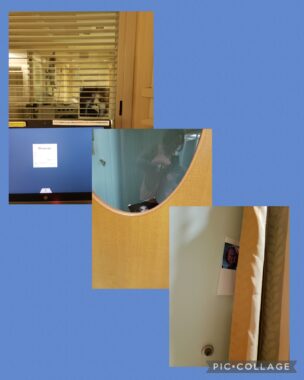A little laughter goes a long way when facing health challenges
How humor got me through a difficult and prolonged ICU stay
Written by |

In our society, we’re encouraged to always be working, active, and busy. So when we finally get some free time, it’s an exciting thing. But what do you do when you have nothing but free time for weeks on end?
In September 2020, I was in the intensive care unit for almost two months, dying from multiorgan failure. Kidney failure, liver failure, hypertrophic cardiomyopathy, a ministroke, severe hypertension, and hemolytic anemia had all been caused by a rare disease called atypical hemolytic uremic syndrome (aHUS). I was very sick, but I hadn’t grasped how dire my situation was.
As my body got weaker, I wanted to do everything I could to keep what little strength I had. Sitting around in the ICU for long periods of time can cause you to lose muscle mass. And I quickly noticed. Walking was getting harder, standing was getting harder, and even sitting up in bed was becoming a challenge.
I harassed my nurses constantly to let me walk the halls. One of my favorite nurses usually worked in the evenings and always had a smile on her face. I’d become a fragile, bruised shell of myself, but she didn’t treat me like I was falling apart; she talked to me as if I was a normal human.
By day eight, I was going stir-crazy, and she knew it. My days had become a never-ending cycle of bloodwork, medications, dialysis or plasmapheresis, blood transfusions (I had 18), more bloodwork, and broken sleep as doctors tried to figure out what was going on with me.
My favorite nurse popped in one night to see if I needed anything. She’d often sneak me little treats like orange sherbet, hot chocolate, or hot tea.
“OK, what kind of trouble are we getting into tonight?” I asked. She crossed her arms and thought for a few seconds.
“Want to go for a walk?” she asked. No way — was she joking? But she wasn’t. She helped me out of bed and let me walk a lap around the ICU.
She walked next to me, gossiping about drama with her sister to distract me. My legs were shaking, and she could probably see the fear and uncertainty in my eyes.
After that night, she took me on a walk during each of her shifts until I became strong enough to walk the lap alone. This small gesture meant the world to me. I’d become depressed and hopeless from dealing with severe health challenges, and without a diagnosis, there was no end in sight.
By day 16, I was becoming restless again. My team had a suspicion about what condition I had, but the test hadn’t come back yet to confirm it. My favorite nurse was back for the next three days. I had an idea of something fun to do, but I needed her help.
“OK, it’s Oct. 1 and I wanna do something for Halloween,” I said. “I think we should prank some nurses.”
Her eyes got wide and lit up. She was on board. Being the only mobile patient in the ICU and suffering from a rare medical event made me a bit of a fun attraction for the medical staff.
I found several photos online from horror movies and sent them to her to print out. Then we placed the photos all over the floor to prank staff. We placed them on my door, inside several frequently used cabinets, and, my favorite, in my window.
My window had slats across it that closed for privacy. Nurses would flip the slats open to check on me and close them again. We decided to use a creepy photo from “The Grudge.” I heard a few yelps a night for the next few nights, which gave me the laughter I needed during such a dark and bleak time.

(Photos by Shalana Jordan)
With so much newfound time on my hands, I had to get creative. You can only scroll through social media for so long before it gets boring. And I was allowed only one visitor for two hours a day due to COVID-19 restrictions.
It might be silly of me to hope, but I like to think I brought a little light to the ICU. It was cold and scary and something I never expected to deal with. But I was alive. And once I processed almost dying, I had to attempt to live.
Note: aHUS News is strictly a news and information website about the disease. It does not provide medical advice, diagnosis, or treatment. This content is not intended to be a substitute for professional medical advice, diagnosis, or treatment. Always seek the advice of your physician or other qualified health provider with any questions you may have regarding a medical condition. Never disregard professional medical advice or delay in seeking it because of something you have read on this website. The opinions expressed in this column are not those of aHUS News or its parent company, Bionews, and are intended to spark discussion about issues pertaining to aHUS.






Leave a comment
Fill in the required fields to post. Your email address will not be published.